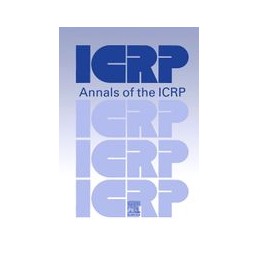Description
Publication 100 provides a Human Alimentary Tract Model (HATM) to complement the Publication 66 Human Respiratory Tract Model (HRTM), published in 1994. Both models replaced Publication 30 (1979) models, which were developed specifically for the calculation of doses from occupational exposures to radionuclides. An important aspect of both the HATM and HRTM is their treatment of intakes by children as well as male and female adults and hence their applicability to environmental as well as occupational exposures. Another important development in both models is the specific calculation of doses to target regions containing cells considered to be susceptible to cancer induction.
Product Details
Reference
33143
EAN13
9780080450636
ISBN
9780080450636
Data sheet
Publication date
2007
Issue number
1
Cover
paperback
Pages count
250
Weight (g)
413
1. INTRODUCTION




 Delivery policy
Delivery policy
 Security policy
Security policy
 Return policy
Return policy
